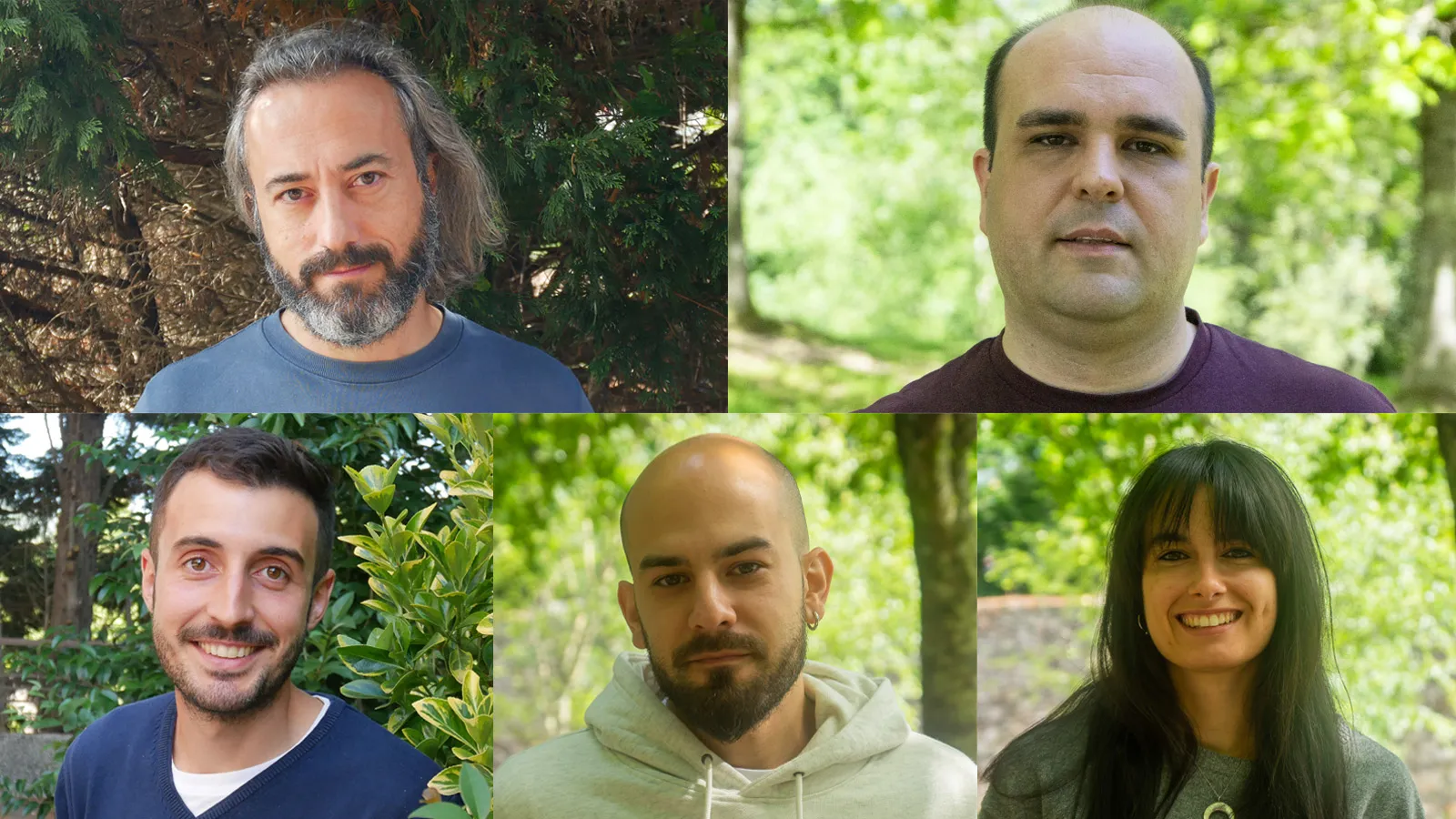‘Nature’ publica un traballo pioneiro sobre fisión nuclear no que participa o IGFAE



01.02.2021

O Instituto Galego de Física de Altas Enerxías estrea “Partículas de longa vida: unha nova vía para descifrar o universo”, un vídeo divulgativo sobre a proposta de detector co-liderada polo IGFAE para atopar este novo tipo de partículas que, se fosen descubertas, abrirían un novo capítulo na nosa comprensión da materia e as leis que gobernan o cosmos.
O maior experimento do CERN é o Large Hadron Collider (LHC), o gran colisor de hadróns, un acelerador de 27km que fai colidir protóns a case a velocidade da luz. Arredor desas colisións sitúanse diversos detectores que funcionan como inmensas cámaras de fotos capturando o resultado de cada colisión. Estas cámaras, aínda que implican desenvolvementos tecnolóxicos do último nivel, non sempre son quen de “ver” absolutamente todo o que sucedeu nas colisións e poden chegarse a perder detalles.
Unha das misións fundamentais destes experimentos é atopar fenómenos novos ou imprevistos, Nova Física, que nos poidan axudar a entender mellor algúns dos misterios do Universo. Un deles son as partículas de longa vida (Long-Lived Particles, LLP), un tipo de partículas especialmente escorregadizas preditas en diversos modelos teóricos que van alén do actual Modelo Estándar e que agora poderían estar un paso máis preto de ser detectadas grazas a CODEX- b, un proxecto co-liderado polo Instituto Galego de Física de Altas Enerxías (IGFAE), centro mixto de la Xunta de Galicia e a Universidade de Santiago (USC).
CODEX-b é un detector proposto para ser instalado a carón do experimento LHCb, un dos xigantescos detectores de partículas do LHC, para atopar as LLPs. Cando chocan os protóns no acelerador, as LLP “voan” entre uns milímetros e varios metros antes de desaparecer, fóra do alcance dos detectores existentes que son incapaces de capturalas e reconstruír a súa traxectoria. Como paso previo a CODEX-b, o equipo xa está a construír o demostrador CODEX-beta, unha versión máis pequena e barata do experimento que se espera rematar nos vindeiros dous anos. O seu obxectivo será medir os fondos, facer análises preliminares e demostrar que a tecnoloxía de detección de CODEX-b é factible.
O IGFAE é un dos líderes do proxecto CODEX-b a partir da participación do investigador “Ramón y Cajal” Xabier Cid, “Coordinador da física” de CODEX-beta, e de Saúl López, estudante que acaba de comezar a súa tese de doutoramento no experimento. O IGFAE financia CODEX-b a través do programa IGNITE, unha convocatoria interna de proxectos financiados pola acreditación María de Maeztu, e participa en parte da sua construción con as “cámaras de placas resistivas” (RPCs), uns detectores de partículas gasosos de resposta rápida. Ademais do IGFAE, no proxecto participan investigadores de universidades de Estados Unidos e Europa.
Nova física ao noso alcance
“Unha das leccións que aprendemos nos 10 anos que leva funcionando o LHC é que debemos non ter preconceptos e ser o máis abertos posibles de cara a analizar os datos das colisións”, explica Xabier Cid. “A Nova Física, non prevista no Modelo Estándar, pode estar ao noso alcance, e non debemos deixar ningún rincón sen explorar”. CODEX-b ten un potencial único, e é complementar aos experimentos que existen hoxe no CERN.
CODEX-b é unha das propostas máis prometedoras para atopar LLP ou descartar a súa existencia nos vindeiros 10 anos. Descubrir unha partícula de longa vida cambiaría o noso concepto da natureza máis fundamental, e enlazaría directamente con algunhas das cuestións máis importantes da física actual: Cal é orixe do noso Universo? Como podemos explicar a súa composición presente?
Máis información:
Expression of interest for the CODEX-b detector, G. Aielli et al. (arXiv:1911.00481)
Vídeo divulgativo do Proyecto CODEX-b. Créditos: Divulgare.
Esta actividad foi cofinanciada con cargo ao Programa Operativo FEDER Galicia 2014-2020.